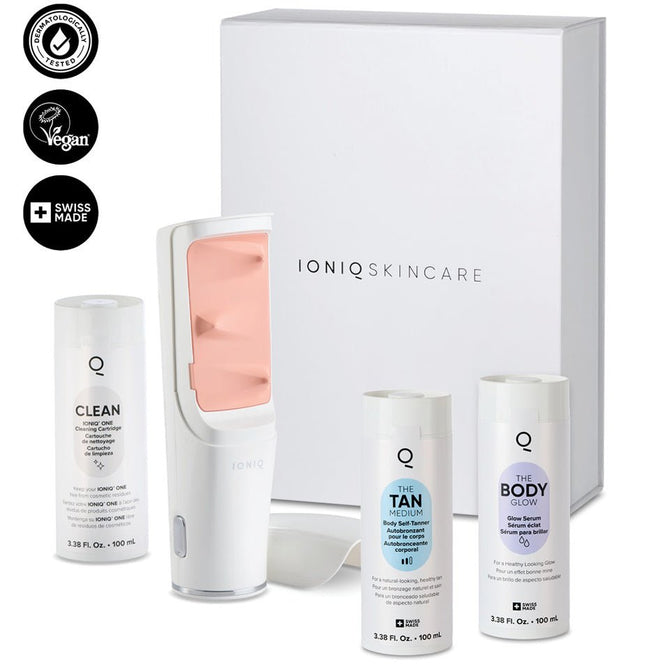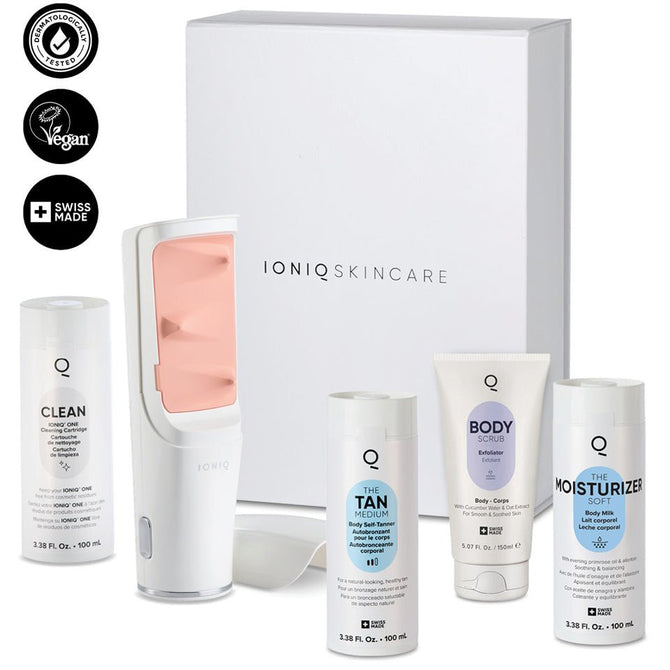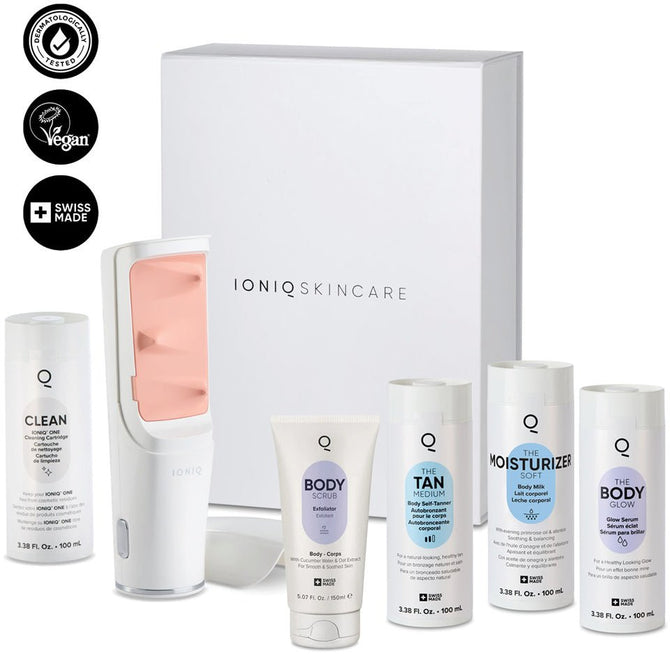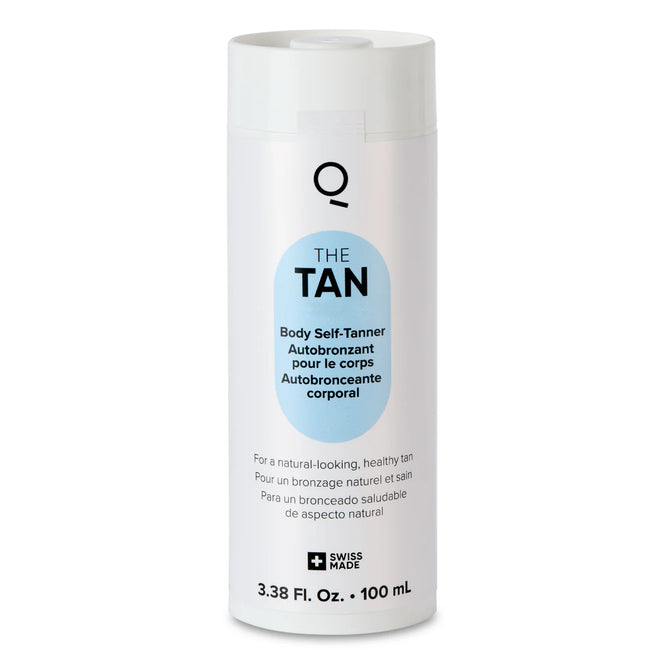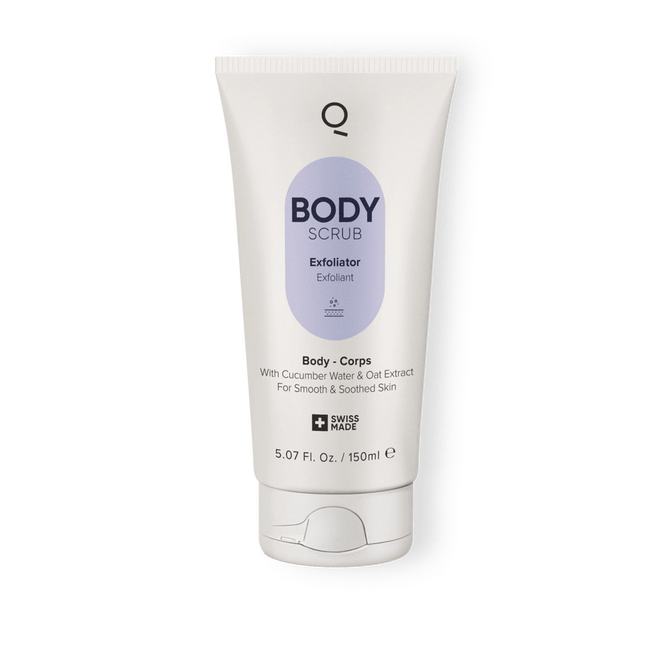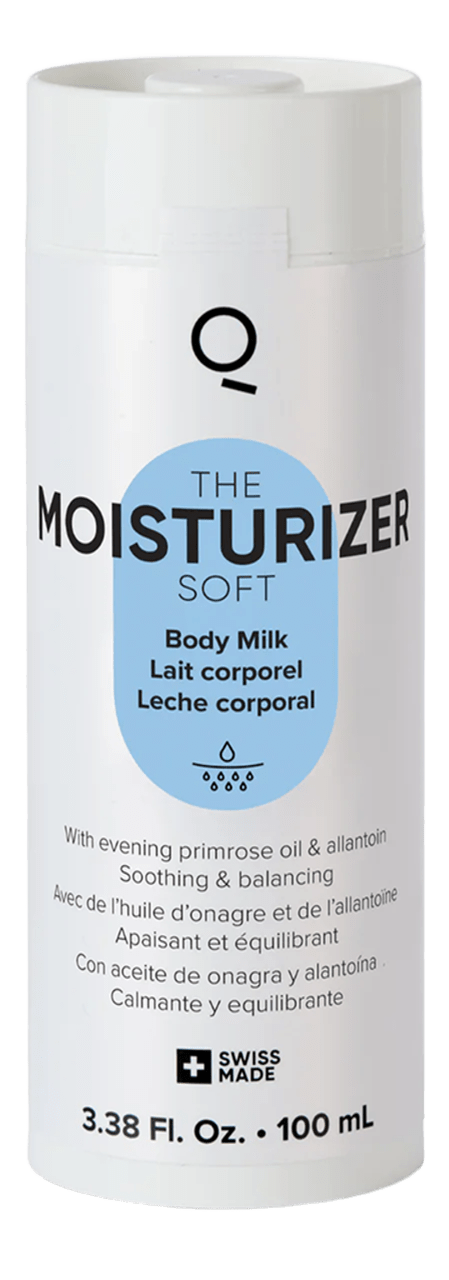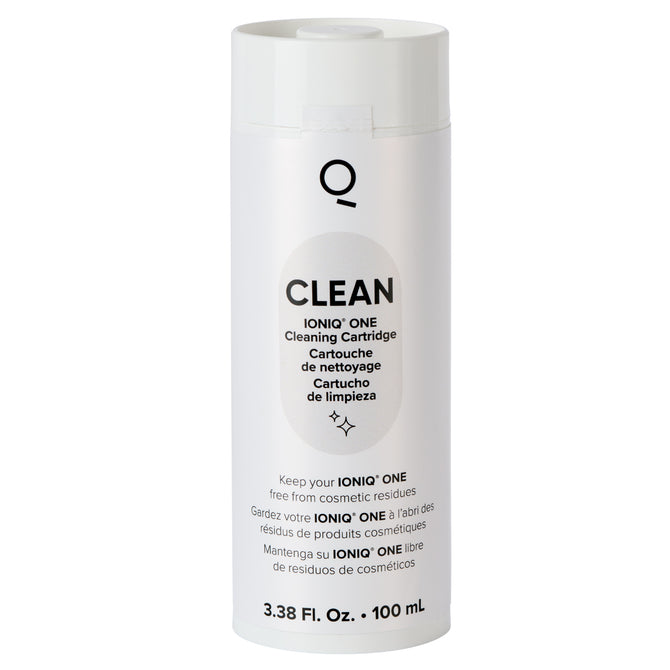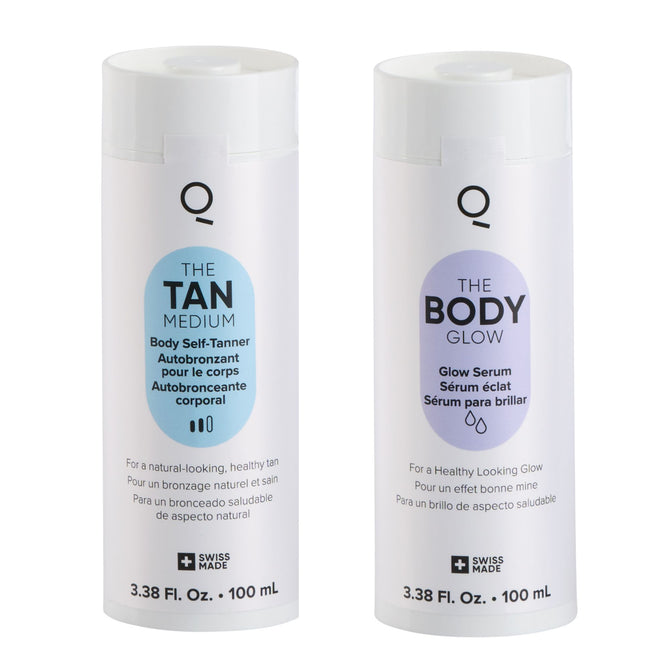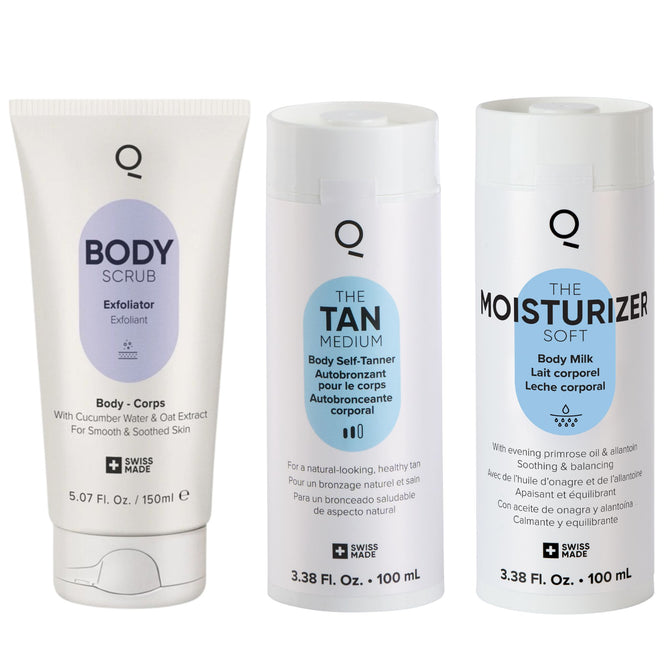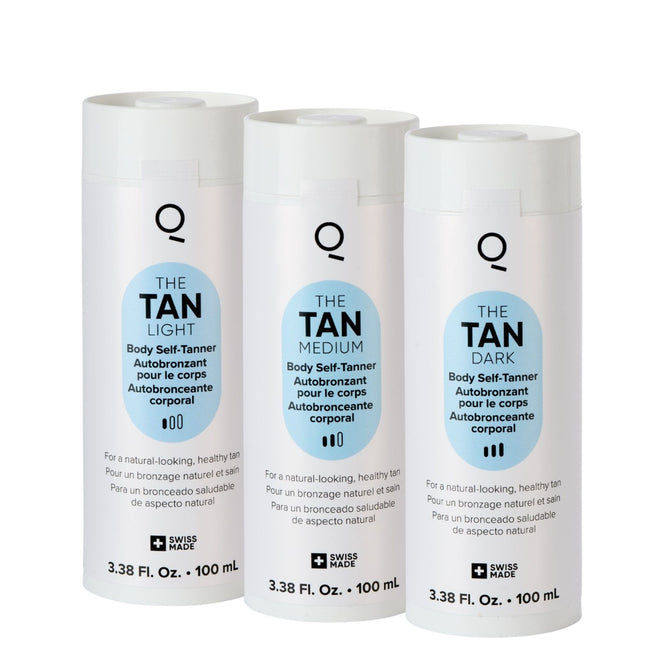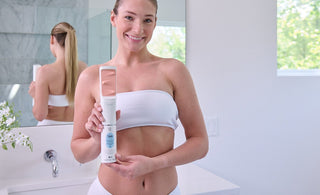
Indoor tanning has been a popular choice for many who want a golden glow all year round, offering a quick alternative to natural sunlight. One practice that’s become common is tanning nude. Many people prefer tanning this way to avoid tan lines, especially before vacations or special events. But is it safe to tan nude in a tanning bed? This question has become a hot topic in discussions about tanning safety, raising concerns about health, hygiene, and well-being.
While having a smooth, even tan is tempting, tanning nude in a tanning bed may not be as safe as it seems. There are risks, such as the sensitive skin in certain areas being more vulnerable to damage, as well as potential hygiene issues with shared equipment. The discussion also includes not just the short-term effects like sunburn or irritation, but also the long-term risks, such as skin cancer and premature aging.
This guide will help you understand the key things to consider when tanning nude in indoor beds. We’ll explain how tanning beds work, what kind of UV radiation they give off, and the health risks based on expert research. We’ll also give practical tips for tanning safely, especially for those who prefer to tan nude. By the end of this article, you’ll have the knowledge to make safer and healthier choices about your tanning habits, whether you’re new to tanning beds or a regular user.
Understanding Tanning Beds
Tanning beds work by using special bulbs that mimic the sun’s ultraviolet (UV) rays to give you a tan. These beds give off two types of UV rays: UVA and UVB. UVA rays go deeper into your skin and trigger cells called melanocytes, which produce melanin, the pigment that darkens your skin. UVB rays affect the outer layer of your skin, called the epidermis, and are known for causing burns, redness, and even DNA damage.
While tanning beds offer fast results and are convenient, they come with risks. The UV rays in tanning beds can damage your skin both right away and in the long run. Right after using a tanning bed, you might get a sunburn, skin irritation, or your skin might become extra sensitive, especially in areas not usually exposed to the sun. Over time, using tanning beds often can lead to signs of aging, like wrinkles, fine lines, and uneven skin tone.
The biggest worry with tanning beds is their link to skin cancer. Research from trusted health groups like the American Academy of Dermatology and the World Health Organization shows that using tanning beds increases your chance of getting melanoma, squamous cell carcinoma, and basal cell carcinoma. In fact, the International Agency for Research on Cancer labels tanning beds as Group 1 carcinogens, which means they’re as dangerous as tobacco and asbestos.
Doctors, including dermatologist Dr. Elizabeth Hale, warn against using tanning beds because of these health risks. She points out that even using tanning beds occasionally can raise your risk of skin cancer. She suggests safer options like sunless tanning lotions or spray tans.
As we continue, we will talk more about the risks of tanning naked and share expert advice on how to protect yourself while still enjoying a tan.
The Practice of Nude Tanning
Nude tanning is when someone tans without any clothing. Many people choose this method to get an even, all-over tan. It helps avoid tan lines, giving the skin a smooth, uniform look that some people prefer. Deciding to tan nude can depend on personal choices, cultural beliefs, and the rules of tanning salons.
Why Choose Nude Tanning
The main reason for nude tanning is to avoid tan lines. Tan lines can be unwanted, especially when wearing clothes that show areas usually covered while tanning. By tanning nude, people can get a consistent tan all over their body.
Some people also find that tanning nude makes them feel more comfortable. Without clothes, there’s no chance of fabric moving around, which can cause uneven tanning or discomfort. This method lets people relax, without worrying about how their clothes are fitting or leaving marks on the skin.
Cultural Views on Nude Tanning
Nude tanning is more common in some places than others. In many Western countries, like the United States and parts of Europe, tanning beds at private salons offer a chance to tan in private. These salons often have individual rooms, so people can choose how much they want to undress.
Cultural attitudes toward nudity can affect how widely nude tanning is accepted. In some cultures, being nude is more accepted, and tanning in the nude is seen as normal. However, in more conservative cultures, people may prefer not to tan nude, and salons might have rules against it to respect privacy.
Salon Policies and Considerations
Tanning salons usually have rules about what to wear during sessions. Many salons let clients tan nude, but it’s important to check each salon’s policies. Some salons might require clients to wear certain clothing for hygiene or legal reasons.
If you’re thinking about tanning nude, make sure to pay attention to the salon’s hygiene practices. Tanning beds need to be properly cleaned to avoid skin infections or other health problems. Good salons follow strict cleaning rules between each session to keep clients safe.
The Truth About Tanning Bed Nude Practices: Why It’s Not Worth the Risk
Tanning bed nude sessions might seem like an easy way to get a smooth, even tan, but they come with serious risks that many people don’t fully realize. From dangerous UV exposure to hygiene concerns and even privacy violations at the salon, the risks of tanning bed naked sessions far outweigh any cosmetic benefits.
Skin Sensitivity
Some areas of the body are more sensitive to ultraviolet (UV) radiation, making them more likely to burn during tanning. These sensitive areas include:
-
Genital region: Typically covered and less exposed to the sun, this area is particularly vulnerable.
-
Nipples and areolas: The skin here is thin and delicate.
-
Inner thighs and underarms: These areas are usually sheltered from regular sunlight and may react more strongly to UV light.
-
Face and lips: Environmental factors make facial skin more sensitive to UV damage.
Even with protective gear like goggles or SPF lip balm, UV damage is still a concern during tanning bed nude sessions. Disposable undergarments don’t protect your entire body, and many salons are unclear about their enforcement of safety standards.
Hygiene and Sanitation
Cleanliness in tanning salons is crucial, especially when tanning nude, to avoid skin infections and maintain a safe environment.
Why Cleanliness Matters:
-
Prevents Infections: Good sanitation helps avoid bacterial or fungal infections that can spread through shared equipment.
-
Builds Client Trust: A clean salon makes clients feel more comfortable and confident in the service.
Unfortunately, not all tanning salons maintain proper hygiene, especially when you're tanning bed naked. Without clothing, your skin directly contacts surfaces that could carry bacteria or fungi.
How to Check Salon Hygiene:
-
Look Around: Check if tanning beds are cleaned thoroughly between sessions.
-
Ask Questions: Don’t be afraid to ask about the salon’s cleaning practices and disinfectants.
-
Look for Certifications: Check for health and safety certifications that show the salon follows industry standards.
Even if a salon claims to be thorough with cleaning, lapses can still happen. When you're tanning bed nude, you’re exposed to whatever germs or bacteria were left behind by the previous person.
Privacy Violations and Hidden Cameras
One of the biggest concerns with tanning bed nude sessions is the potential for hidden cameras. While illegal in most places, hidden surveillance devices have been found in tanning salons worldwide. This leads to serious privacy breaches, with some footage even being shared online without consent.
While salons may downplay the risk, the truth is that nude clients are especially vulnerable. Unlike public restrooms or dressing rooms, which are regularly inspected, tanning booths are often overlooked. This leaves your privacy and safety to chance, which is a dangerous gamble when you're tanning bed naked.
Legal and Salon Policies
It’s important to understand the legal rules and individual salon policies about nude tanning.
Regulations:
-
Age Limits: Many regions have laws that restrict tanning bed use to people of a certain age.
-
Consent Forms: Salons usually require clients to sign forms that acknowledge the risks of tanning.
Salon Policies:
-
Attire Rules: Some salons may have specific guidelines about clothing or nudity during tanning sessions.
-
Session Limits: Many salons set limits on how often or how long you can tan to reduce the risk of overexposure.
Tanning salon privacy rules also vary from place to place. Not all salons have to disclose whether they monitor rooms or if internal cameras are used "for safety". When combined with outdated or vague consent forms, it’s clear that your protection is far from guaranteed.
The Safer Option
The safest choice is to skip nude tanning altogether. If you want a bronzed look, consider safer alternatives like IONIQ ONE Sprayer + TAN, the best at-home spray tan system. It protects your skin from UV exposure and eliminates the worries of privacy risks or hidden tanning bed cameras.
By choosing the safer option with IONIQ, you can achieve the tan you want without putting your skin or privacy in jeopardy.
Health Implications and Risks of Nude Tanning
Nude tanning, especially in tanning beds, comes with several health risks. These risks can affect your body in both the short and long term, and can also impact your mental health.
Short-Term Risks
-
Sunburn: Tanning beds expose your skin to ultraviolet (UV) radiation, which can cause sunburn. This is when your skin turns red, feels sore, and peels. Areas that don’t usually get sun exposure are more likely to burn. You may also experience skin irritation or rashes, which could be from heat or allergic reactions to tanning products or germs on the tanning bed.
-
Allergic Reactions: Some people may have allergic reactions from the UV rays or chemicals in tanning products. Symptoms include itching, redness, and swelling. In serious cases, these reactions may need medical attention.
Long-Term Risks
-
Skin Cancer: Using tanning beds repeatedly increases your chances of getting skin cancer, such as melanoma, basal cell carcinoma, and squamous cell carcinoma. The World Health Organization has classified tanning beds as carcinogenic (cancer-causing). Using tanning beds before the age of 35 can raise the risk of melanoma.
-
Premature Aging: UV radiation can speed up the aging process of your skin, causing wrinkles, sagging, and dark spots. This happens because UV rays damage your skin cells and break down collagen, which keeps your skin firm.
-
Eye Damage: If you don’t protect your eyes, UV exposure can lead to serious problems like cataracts or even eye cancer. The strong UV rays from tanning beds can reach your eyes through your eyelids, so wearing protective eyewear is important.
Psychological Effects
-
Body Image Issues: Some people tan because they think a tanned look is ideal, based on what society sees as beautiful. This desire to tan can be linked to body dysmorphic disorder (BDD), where people are overly concerned with small flaws in their appearance.
-
Tanning Addiction: Some people become addicted to tanning, a condition called “tanorexia.” This addiction is marked by a need to tan frequently, often due to the feeling of pleasure it brings. UV rays can trigger the release of endorphins, which make you feel good and reinforce the desire to tan.
-
Mental Health Impact: Overdoing tanning can also be linked to mental health issues like obsessive-compulsive disorder (OCD) and depression. The urge to keep tanning, even with harmful effects, can be a sign of deeper mental health struggles that may need professional help.
While nude tanning may seem appealing, it has serious health risks. It’s important to understand these risks so you can make smart choices. Protecting your skin and trying safer alternatives like sunless tanning products can help reduce these dangers.
Dermatologist Insights on Nude Tanning
Dermatologists strongly advise against tanning beds. They emphasize that any exposure to UV rays can harm the skin. Dr. Hallie McDonald points out that the idea of a "base tan" is a myth since any tan means skin damage and offers only minimal protection, about the same as SPF 3.
The American Academy of Dermatology warns that indoor tanning devices are linked to cancer, with a 59% increased risk of melanoma if used before the age of 35. Dr. Alexis Young adds that no tanning is considered safe because both sunburns and suntans are signs of DNA damage from UV radiation.
Additionally, a study published in the Journal of the American Academy of Dermatology showed that indoor tanning raises the risk of squamous cell carcinoma by 58% and basal cell carcinoma by 24%.
Tips for Safe Tanning
Given the dangers of nude tanning in beds and salons, dermatologists suggest safer alternatives like sunless tanning. Self-tanning products, such as lotions and sprays containing dihydroxyacetone (DHA), are a safer way to get a tan without UV exposure. These products temporarily darken the skin’s surface and are generally safe when used correctly.
Dr. Kristen Richards from MD Anderson Cancer Center also advises against tanning beds, noting that even one session can increase the risk of skin cancer. She recommends sunless tanners as the safest way to achieve a tan.
While nude tanning may have some cosmetic benefits, the health risks—especially when using tanning beds or salons—are substantial. Opting for sunless tanning methods is a much safer choice and aligns with dermatologists’ advice to protect skin health.
Alternatives to Nude Tanning: IONIQ ONE Sprayer + TAN
Tanning beds might seem like a quick way to get bronzed skin, but they come with serious health risks, including UV damage and a higher chance of skin cancer. Sunless tanning options are a safer choice, giving you glowing skin without the harmful UV exposure. One of the best alternatives is the IONIQ ONE Sprayer + TAN, a modern, easy-to-use tool that helps you get a flawless tan at home.
Why Choose Sunless Tanning?
Sunless tanning products like sprays, lotions, and mousses use dihydroxyacetone (DHA) to darken the skin's surface without UV rays. These products have several key benefits:
-
Private and Safe: No worries about tanning salon privacy or cameras in tanning beds.
-
Convenient: Tan at home on your own time, without needing to visit a salon.
-
Customizable: You can control the depth of your tan and choose where to apply it.
Introducing the IONIQ ONE Sprayer + TAN
The IONIQ ONE Sprayer + TAN is an advanced tool for at-home tanning, offering many great features:
-
Magnetic Skin Technology: This ensures an even application by drawing the tanning mist to your skin, covering every curve and contour.
-
360° Mist Coverage: The spray works all around your body, so there’s no need to rub it in, and it reduces the chance of missing spots.
-
User-Friendly: Lightweight and cordless, it's easy to use and perfect for travel.
-
Skin-Friendly Formula: Infused with aloe vera, this vegan formula is free of silicones, parabens, and sulfates, making it gentle on your skin.
-
Mess-Free: The colorless formula won’t stain your clothes or sheets.
-
Efficient: Each cartridge gives you 2 - 3 full-body applications, and it has a self-cleaning system to keep it in top shape.
-
Smart Features: The Bluetooth-enabled app tracks battery life, cartridge fill levels, and offers tips for the best results.
Comparing IONIQ ONE Sprayer + TAN to Traditional Tanning Beds
|
Traditional Tanning Beds |
IONIQ ONE Sprayer + TAN |
|
|
Health Risk |
Very high – These beds give off strong UVA and UVB rays, which can cause cancer and damage skin. |
None – No UV rays. Uses a safe DHA formula for tanning without radiation. |
|
Convenience |
You need to schedule and go to a salon |
You can use it at home whenever you want, no appointments needed. |
|
Hygiene |
Shared beds can have germs, especially when tanning nude. |
It’s a personal device with a self-cleaning system, so it’s always clean. |
|
Privacy & Security |
Low – Salons may have hidden cameras, and tanning nude could be unsafe. |
High – You have full privacy at home, with no risk of surveillance. |
|
Application Time |
Takes up to 20 minutes per session, plus time for prep and travel. |
Only a few minutes for a full-body tan with 360° mist coverage. |
|
Portability |
– |
Lightweight, cordless, and easy to travel with. |
Switching from traditional tanning to sunless options like the IONIQ ONE Sprayer + TAN is safer, easier, and better for your skin. You can get a sun-kissed look without the risks of UV rays or discomfort. It's a smart way to tan while protecting your health.
Final Thoughts
As we've discussed, nude tanning—especially in a tanning bed or salon—requires careful thought. While it’s tempting to get an even, line-free tan, the health risks associated with indoor tanning are too serious to ignore. From short-term issues like burns and allergic reactions to long-term dangers such as premature aging and a higher risk of skin cancer, exposing your skin to UV rays in a tanning bed is far from safe.
Most dermatologists strongly recommend against using tanning beds, especially when tanning nude, because sensitive areas of the body are more vulnerable and there's no UV protection. Expert advice and personal experiences show that the risks can easily outweigh the rewards. Whether it's poor hygiene in a salon or the lack of protective gear, the dangers are real.
In addition to health risks, nude tanning in a bed also raises privacy concerns. Many tanning salons have recently introduced hidden cameras in tanning beds, claiming they’re for safety purposes. However, these cameras may secretly record individuals while they are fully exposed, leading to serious privacy issues.
Luckily, safer alternatives are available for those who want a sun-kissed look without the UV exposure. Products like the IONIQ ONE Sprayer + TAN provide a new, safer way to tan. Unlike traditional tanning beds, this at-home device uses Magnetic Skin Technology to give full-body, streak-free coverage in just three minutes. Its aloe-infused, colorless formula is gentle on the skin, free from mess or irritation, and provides a natural-looking tan that lasts for days. For those who prefer nude tanning but want to avoid the risks of a salon, this device is not only safe but also more convenient and hygienic.
Ultimately, if you decide to tan nude, be sure your decision is informed and safety-conscious. Understand how tanning beds work, learn the hygiene standards of your local salon, and talk to a doctor about your options. Remember, your skin is your largest organ and it deserves protection, not harm.
We encourage you to think about the risks and rewards of a tan and consider safer, sunless options like the IONIQ ONE Sprayer, the best at-home spray tan. Stay safe, stay informed, and tan responsibly!




